The W* Library: flick through July's top titles
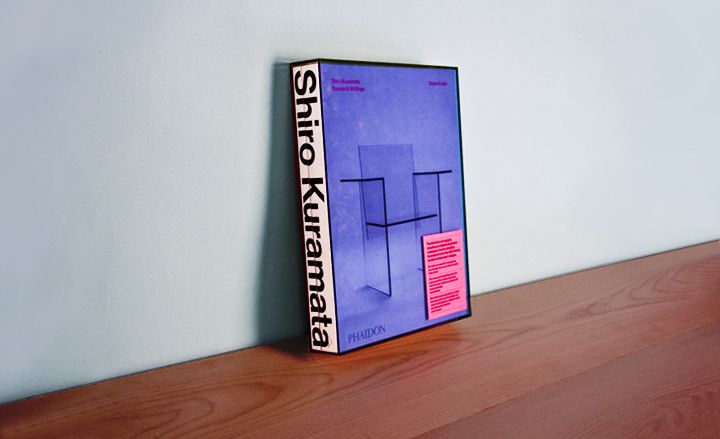
Shiro Kuramata
By Deyan Sudjic
The late Shiro Kuramata is the subject of this exquisitely produced new monograph from Phaidon. Housed in a perspex slipcase, the twin volumes provide a complete catalogue of Kuramata's poetically precise furniture and interiors, with the larger book containing essays and writings edited by Deyan Sudjic. Kuramata bridged the gap between modernism and post-modernism, transcending straight minimalism with playful subversions of simple form and a desire to push the boundaries of materials. Ultimately his interiors, mostly for retail clients, have proved transitory but the legacy of his approach still lingers in everything from high street design - from the likes of Muji - to the emergence of the design art furniture movement.
Published by Phaidon, £100
Writer: Jonathan Bell
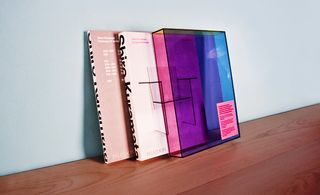
This definitive monograph of the inspirational designer consists of two volumes, beautifully housed in a perspex slipcase
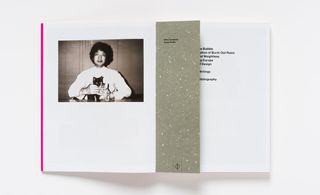
Kuramata (pictured) bridged the gap between modernism and post-modernism, with playful subversions of simple form and a desire to push the boundaries of materials
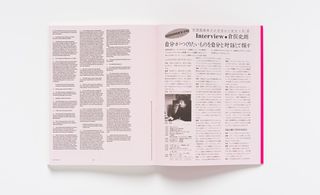
A selection of interviews with, and writings by, Kurumata, give a sense of the designer's poetic, humorous and thoughtful intellect
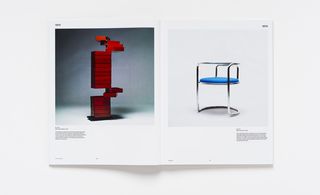
A spread from the book depicts Revolving Cabinet, 1970 (left) and Pipe-Arm Chair, 1970 (right)
Berthold Lubetkin: Architecture and the Tradition of Progress
By John Allan
For many architects, Berthold Lubetkin (1901-1990) is the quintessential, big 'M' Modernist; a man whose career spanned many countries, collaborators and approaches but for whom modern architecture was always allied with social progress and equality. Born in Tbilisi, Lubetkin's education took him from revolutionary Russia to Paris. There he worked alongside Le Corbusier, before ending up in the fertile environment of pre-war London with a host of other émigré architects. John Allan's masterly monograph on Lubetkin was originally published just after his death. Twenty years later, it has been given a well-deserved overhaul with the hope of bringing Lubetkin's enduring oeuvre - including the Highpoint housing complex, Finsbury Health Centre and Spa Green Estate - to the attention of new eyes.
Published by Artifice Books, £39.95
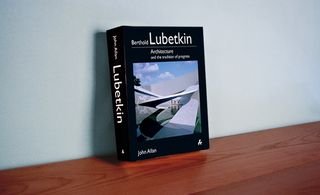
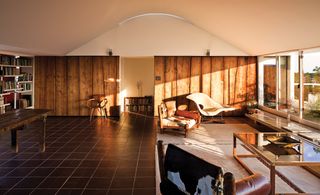
From the book: The Penthouse, Highpoint Two, by Lubetkin and Tecton, 1937-38. Courtesy of Artifice books on architecture / John Allan
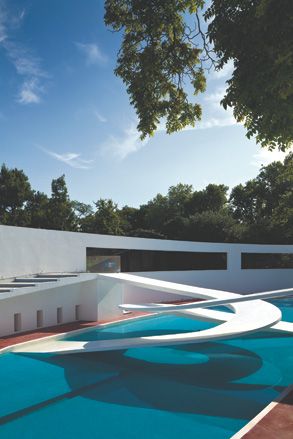
Penguin Pool, London Zoo, by Lubetkin, Drake and Tecton, 1933-34. Courtesy of Artifice books on architecture / John Allan
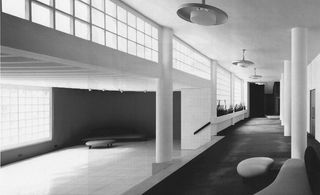
A clerestory-lit landing at Highpoint One, Highgate. Courtesy of Artifice books on architecture / John Allan
The Vanity of Small Differences
By Grayson Perry
Grayson Perry's recent apotheosis to the giddy status of 'treasured national artist' is a fitting reward for a body of work that embraces populism, technical skill, social comment and an acute eye for detail. The Vanity of Small Differences chronicles the research and creation of Perry's recent tapestry series, spawned from his travels through the vagaries and shifting sands of British class, taste, aspiration and identity. This book not only reproduces all six tapestries and zooms in on their details but, through a collection of essays and commentaries, traces the people, places and things that Perry soaked up during his research. An accompanying app lets you get even closer to the fabric of Perry's vision.
Published by Hayward Publishing, £17.99
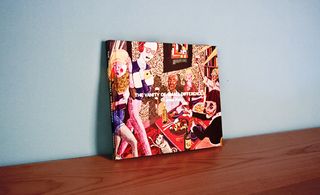
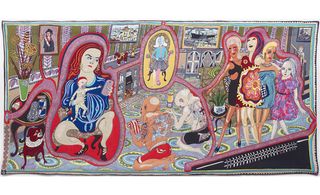
'The Adoration of the Cage Fighters' by Grayson Perry. Courtesy of Victoria Miro, London.
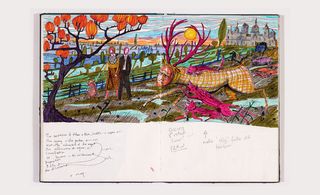
Sketchbook study for 'The Upper Class at Bay', by Grayson Perry.
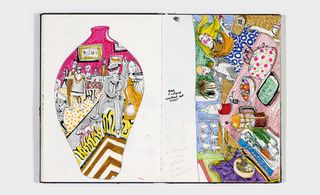
Sketchbook study by Grayson Perry.
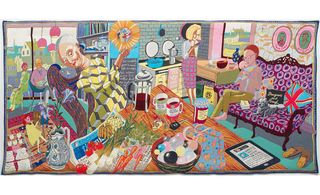
The Annunciation of the Virgin Deal', by Grayson Perry. Courtesy of Victoria Miro, London.
Overdrive: L.A. Constructs the Future 1940-1990
Edited by Wim De Wit and Christopher James Alexander
LA's futuristic credentials have taken a dent in recent decades, as its auto-fuelled vision of urbanism evaporates in a haze of leaded petrol fumes. Back when the vision was at full throttle, however, the city's freeways were fringed by some of the most elaborate and expressive examples of modernist architecture ever seen, from billboard-esque office blocks that screamed their corporate presence to the low-slung lifestyle of the highly desirable homes that seemed to burgeon from the canyon walls. This book collates hundreds of images, including residences from the likes of Coop Himme(l)blau, Neutra, Lautner and more, all of which encapsulate the spirit of optimism, progress and elegance that the city came to represent. Nothing says LA more than a multi-level freeway interchange, except perhaps the LAX's Theme building, a true icon of both an era and a city.
Published by Getty Publications, $59.95
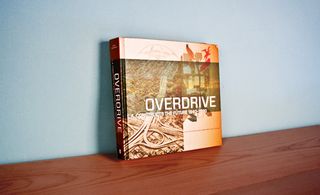
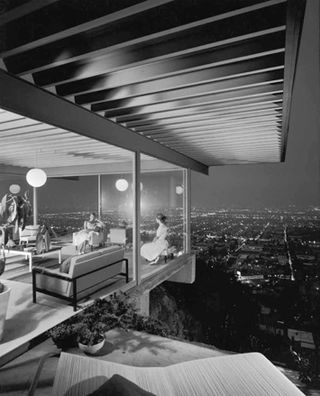
From the book: Case Study House 22#, Stahl Residence, by Pierre Koenig, 1960.

Santa Monica (10) and San Diego (405) Freeway interchange, looking northwest, Los Angeles, 8 August 1964. Courtesy of Sacramento, California Department of Transportation, Library and History Center
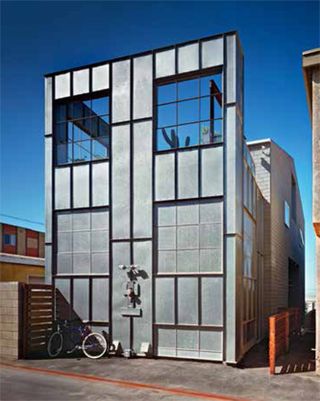
Lawrence Residence, Venice Beach, by Mayne and Rotundi of Morphosis, 1981-84.
Adhocism: The Case for Improvisation
By Charles Jencks and Nathan Silver
Of all the myriad movements christened by artist, cultural critic and legendary author Charles Jencks, perhaps the most pertinent to our current way of life is 'adhocism'. Jencks' original premise was that certain strands of design evolve ad hoc, making the most of fast-changing technology and environments. The observation that speed, skill and improvisation would inevitably triumph in the modern world appears to be borne out by this expanded and updated edition, which reproduces the fanzine-esque feel of the original book with an afterword and appraisal of the ad hoc in everyday life. We also learn that co-author Silver has a cat called Tupac.
Published by The MIT Press, £17.95
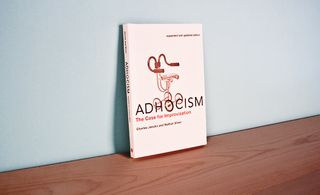
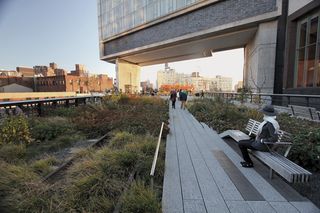
From the book: 'The High Line' in New York, by James Corner, Diller Scofidio & Renfro, 2005-9. Its re-use of discarded railway apparatus represents simulated adhocism
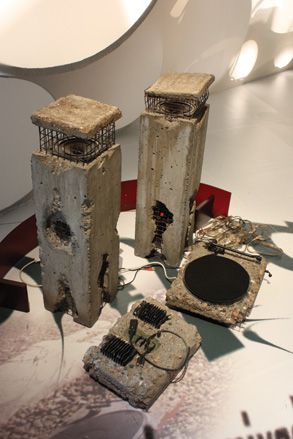
Distressed Concrete Record Player and Speakers', 1983, is an example of Ron Arad's ad hoc furniture
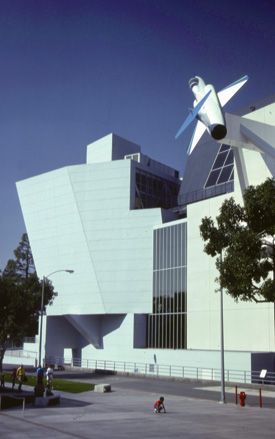
Frank Gehry extends adhocism to a larger scale of borrowing, as seen by his collaging a F16 into his Aerospace Musuem
Bruce of Los Angeles Rodeo
Edited by Vince Aletti
Oh, the enduring and slightly camp allure of the American West. Rodeo is a record of a bygone era that still resonates hard in certain ateliers, catwalks and bars around the world. Collated by Vince Aletti (mostly from his own personal collection), the book brings together the very best imagery by Bruce Bellas, aka 'Bruce of Los Angeles'. One of the first photographers to turn his lens to the alluring forms of the male physique, Bellas built up an understandable cult following as he chronicled the city's nascent bodybuilding scene as well as other outlets of raw machismo (the rodeo being an obvious subject matter). This limited edition book has been published by ACNE, off the (presumably bare) back of a rodeo-inspired collection of clothes from the Stockholm-based brand.
Published by Acne Studios, £170
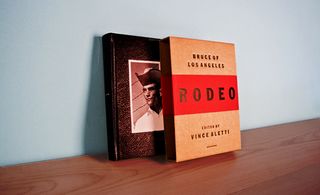
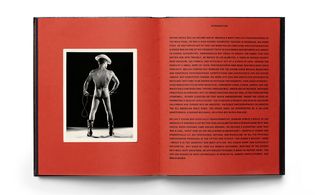
Leather bound and presented in a heavy cardboard slipcase, the book's format is as rugged as its subject matter, while its colour palette of black and red forms a striking backdrop to photographer Bruce Bellas' stylised nudes
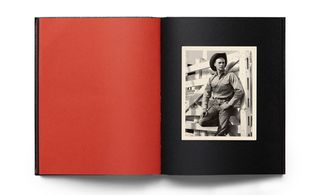
Bellas' signature style was a cool, crisp take on the Hollywood glamour shot - carefully staged and dramatically lit, but also restrained and masculine
Skirts
By Clare Strand
Photographer Clare Strand has completed an intriguing monograph for GOST, bringing together, in its entirety and in its original exhibition size, her ghostly series of still lives, 'Skirts'. With an introduction by Philippe Starck, this large format monograph is printed on heavyweight paper to capture the velvety greys and spectral light. Skirts evokes both the phantom shadows of Victorian spirit photography and the flat, expressionless recording of crime scenes, leaving the absent drama free to hauntingly play in your head.
Published by GOST, £25
Wallpaper* Newsletter
Receive our daily digest of inspiration, escapism and design stories from around the world direct to your inbox.

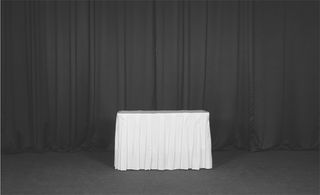
The bereft spaces in Strand's work bring to mind Proust's maxim, 'Only that which is absent can be imagined'. © Clare Strand
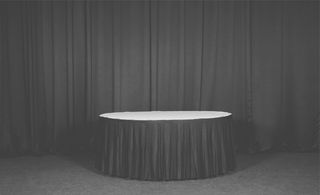
Altar, operating table, festive board or medium's workspace? 'Skirts' is filled with emptily suggestive stages. © Clare Strand
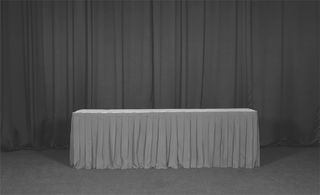
The absence of drama in Strand's work draws the spectator in, as our own imaginations supply what we feel but cannot see. © Clare Strand
Houses. Denton Corker Marshall
By Jackie Cooper, Haig Beck, Deyan Sudjic
DCM is one of Australia's largest and most successful architecture firms, set up by John Denton, Bill Corker, and Barrie Marshall back in 1972. Alongside the high-rises and galleries, the studio has always kept its domestic options open, creating a portfolio of some of the country's most remarkable houses. From farmhouses that appear embedded in the rocks and earth, to villas that seemingly float above them, the studio's new monograph focuses on the epic scale of their domestic commissions.
Published by Birkhauser Publishing, €39.95
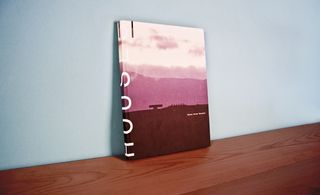
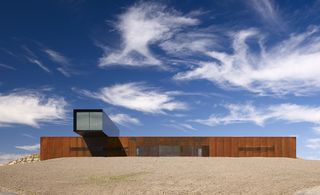
From the book: View Hill House, by Denton Corker Marshall. Take a tour of an interactive floor plan of the house here.

Phillip Island House.
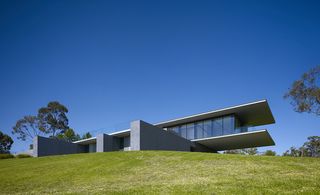
Medhurst House.
Architecture on the Carpet: The Curious Tale of Construction Toys and the Genesis of Modern Buildings
By Brenda and Robert Vale
The premise of this fascinating social history is simple; play begets real life. Examining over a dozen of the twentieth century's best-known construction toys, the authors draw parallels between them and emerging architectural movements. It's a fascinating conceit, although it does feel slightly forced at times (and, oddly, there's no mention of Frank Lloyd Wright's self-proclaimed debt to Friedrich Froebel's kindergarten blocks). Nevertheless, there's no denying the nostalgic appeal of both the images and the stories behind the many ways plastic, wood and metal were put to the service of visionary infant architects.
Published by Thames & Hudson, £19.95
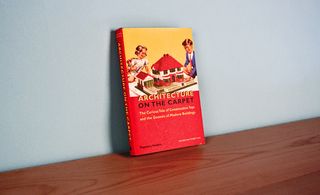
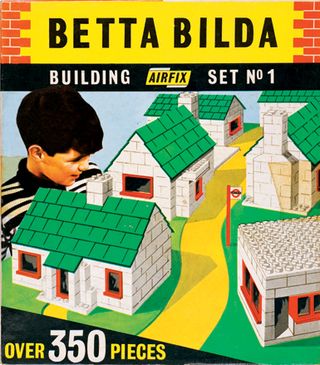
From the book: 'Betta Bilda', a 1960s British interlocking brick toy by Airfix
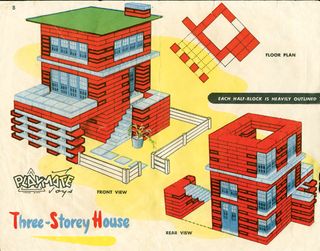
'Bilda-Brix Three-Storey House', an Australian interlocking plastic brick toy of the 1960s
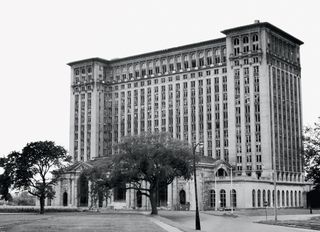
The 1914 Michigan Central Station in Detroit, designed by Warren and Wetmore, was inspiration for the earliest construction toys for high buildings that first appeared in the US
Melina Keays is the entertaining director of Wallpaper*. She has been part of the brand since the magazine’s launch in 1996, and is responsible for entertaining content across the print and digital platforms, and for Wallpaper’s creative agency Bespoke. A native Londoner, Melina takes inspiration from the whole spectrum of art and design – including film, literature, and fashion. Her work for the brand involves curating content, writing, and creative direction – conceiving luxury interior landscapes with a focus on food, drinks, and entertaining in all its forms
-
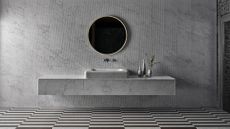 These sculptural bathrooms are all whispered elegance carved in stone: Salvatori’s new showcase
These sculptural bathrooms are all whispered elegance carved in stone: Salvatori’s new showcaseAt Milan Design Week 2025, natural stone specialist Salvatori’s new collections simultaneously defy and enhance the material's properties
By Cristina Kiran Piotti Published
-
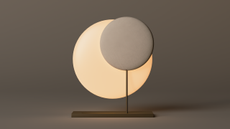 The 'Moonbeam' lamp makes light use of leather
The 'Moonbeam' lamp makes light use of leatherA new range of table lamps by Six N. Five is a delightful novelty for Poltrona Frau for Milan Design Week
By Hugo Macdonald Published
-
 All hail Jil Sander’s first foray into furniture
All hail Jil Sander’s first foray into furnitureAt Milan Design Week, the venerated fashion designer unveils a respectful take on a tubular furniture classic for Thonet
By Nick Vinson Published
-
 How to be a crisp sommelier: Neil Ridley on ‘bringing fun back into food and drink’
How to be a crisp sommelier: Neil Ridley on ‘bringing fun back into food and drink’The humble crisp is an easy crowd-pleaser for laidback hosts. Drinks expert Neil Ridley shares his tips for creating the perfect crisp-and-drink pairings, whatever the occasion
By Tianna Williams Published
-
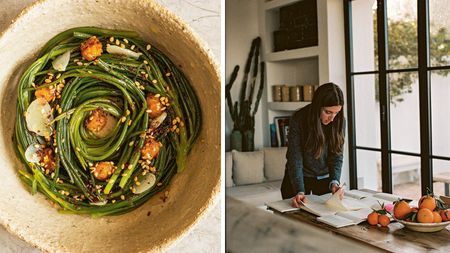 'Moroseta Kitchen' is a new recipe book offering a glimpse into the Puglian countryside
'Moroseta Kitchen' is a new recipe book offering a glimpse into the Puglian countryside'Moroseta Kitchen - A Window Into The Puglian Countryside' by Giorgia Eugenia Goggi is based on the essence of eating in Italy, rooted in farm to table seasonal recipes
By Tianna Williams Published
-
 ‘Bethlehem’ is a new recipe book celebrating Palestinian food
‘Bethlehem’ is a new recipe book celebrating Palestinian food‘Bethlehem: A Celebration of Palestinian Food’ is a recipe book by Fadi Kattan that celebrates culinary tradition and explores untold stories
By Tianna Williams Published
-
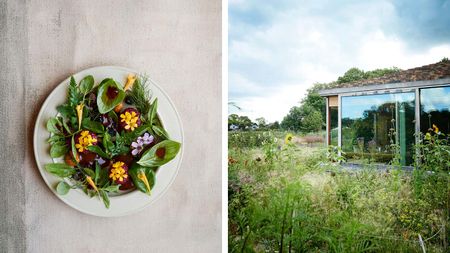 René Redzepi, Mette Søberg and Junichi Takahashi on Noma’s new cookbook
René Redzepi, Mette Søberg and Junichi Takahashi on Noma’s new cookbookLifting the lid on Noma’s secrets, a new cookbook celebrates the pioneering restaurant’s season menus, and offers a deep dive behind the scenes
By Jeni Porter Last updated
-
 60-Second Cocktails book shakes up summer happy hour at home
60-Second Cocktails book shakes up summer happy hour at homeThis 60-Second Cocktails book brings summer happy hour into your home with easy but sophisticated cocktail recipes and tips to guide even novice shakers
By Martha Elliott Last updated
-
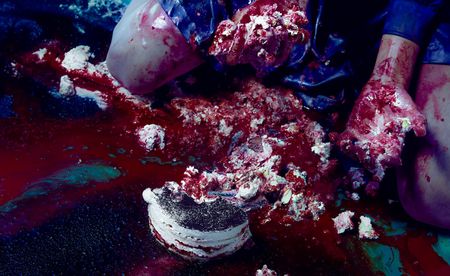 New cookbook transforms horror movies into terrifying food art
New cookbook transforms horror movies into terrifying food artHorror Caviar, the first cookbook from A24, features recipes inspired by horror movies, from creatives including Laila Gohar and Chloe Wise, alongside essays by Carmen Maria Machado, Stephanie LaCava, and more
By Mary Cleary Last updated
-
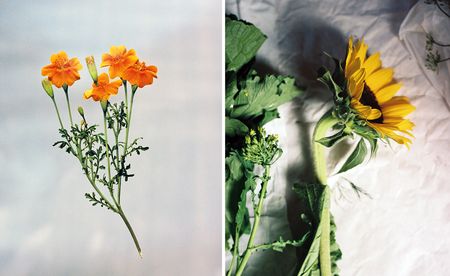 Edible flowers: the how, the what and the why
Edible flowers: the how, the what and the whyA new book from Monacelli, Edible Flowers: How, Why, and When We Eat Flowers, uncovers a fascinating history
By Hannah Silver Last updated
-
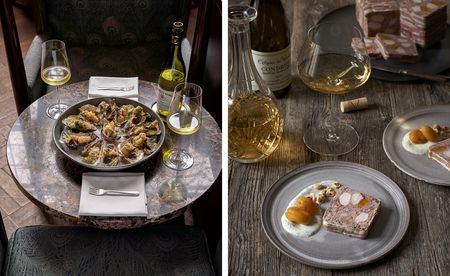 Match point: learn how to properly pair food and wine
Match point: learn how to properly pair food and wineLearn a thing or two about fine cooking and wine selection with this new book from the London Club
By Melina Keays Last updated